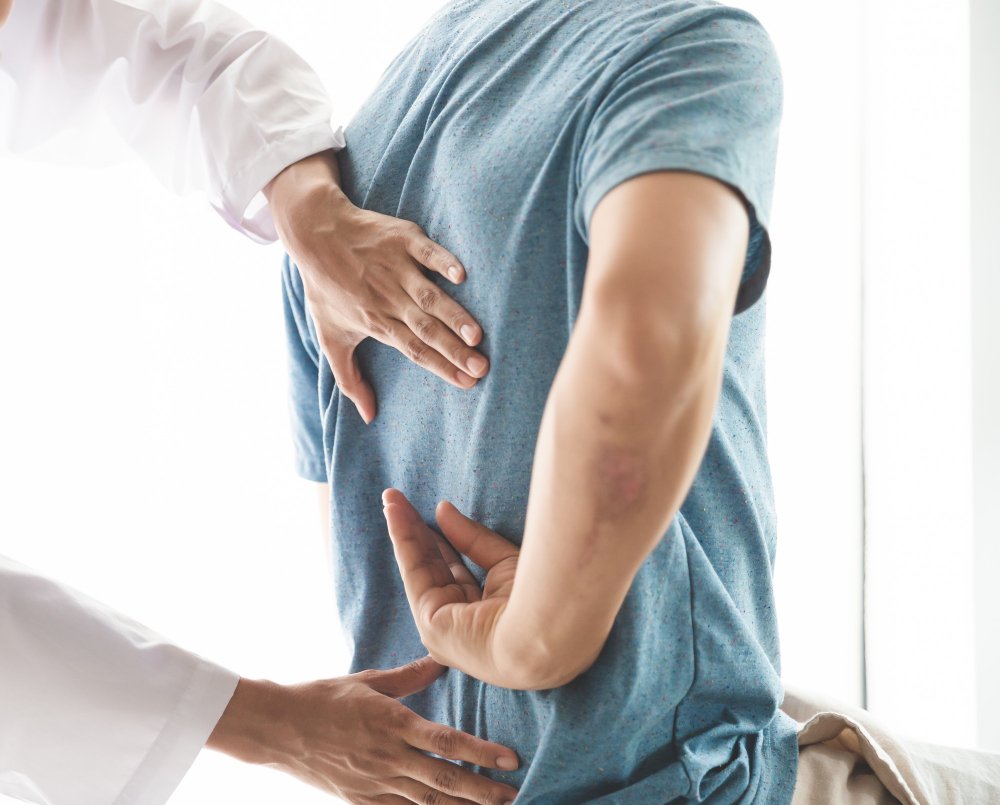The Power of Physical Therapy: Triumph Over Back Pain
Imagine waking up to a world where the soundtrack of your mornings is not the agonizing twinge in your back. A world where your spine isn't an arch-nemesis in the shadows, waiting to pounce. Oklahoma has something to offer that can turn this dream into a reality. You can return to living a life unshackled by lower back pain with cutting-edge physical therapy techniques. Experts, including renowned pain physicians, are just around the corner, ready to lead you to redemption and freedom from what holds you back.
Suffering from Back Pain: Identifying the Culprits
Before embarking on the journey to a pain-free life, it's essential to identify the root causes of back pain:
Muscle Strains and Ligament Sprains: Overuse or improper lifting can strain the muscles and ligaments, leading to discomfort.
Disc Degeneration: Natural wear and tear with age causes the intervertebral discs to deteriorate.
Herniated or Bulging Discs: The soft material inside a disc can bulge or rupture, pressing on a nerve.
Sciatica: A herniated disc pressing on the sciatic nerve can cause sharp pain radiating down the back of the legs.
Skeletal Irregularities: Scoliosis or other spine curvatures can cause pain, especially in middle age.
Arthritis: Osteoarthritis can affect the lower back; in some cases, spinal stenosis occurs, narrowing the space around the spinal cord.
Physical Therapy: A Therapeutic Tool for Healing by Pain Physicians
Pain physicians have recognized physical therapy as an effective tool to alleviate lower back pain:
Personalized Exercise Programs: Professional pain physicians design personalized exercise programs that target the patient's specific problem areas. These programs often include stretching exercises, low-impact aerobics and exercises to strengthen the core, which is pivotal in supporting the lower back.
Pain Relief Techniques: Physical therapy employs a range of pain relief techniques. These include ultrasound, where sound waves create a gentle heat that penetrates deep into the tissues for pain relief; therapeutic massage to help relax muscles, increase circulation and ease pain; and transcutaneous electrical nerve stimulation (TENS) to reduce spasms and pain.
Posture Education: Poor posture can be a significant contributor to back pain. “Physical therapists educate patients on maintaining proper posture, which can help decrease unnecessary stress on the back.”
Manual Therapy: Manual therapy involves specialized hands-on techniques that therapists use to put gentle pressure on muscle tissue and manipulate joints, aiming to decrease back pain caused by muscle spasms, tension and joint dysfunction.
Lumbar Stabilization: This specific set of exercises focuses on strengthening the muscles supporting the spine. Lumbar stabilization helps improve posture, increase flexibility and reduce the likelihood of future back pain.
Positive Expectations: A Journey to Relief
Physical therapy holds the promise of countless benefits for patients:
Embracing Blissful Existence: Achieving a pain-free existence can lead to an enhanced mental state and overall happiness.
Liberating Back Mobility & Flexibility: Engage in exercises that increase flexibility and strengthen muscles, improving mobility.
Conquer Daily Activities: Complete daily chores and activities with ease; don't burden yourself with debilitating pain.
Overcoming Work Hindrances: Productivity and focus increase as back pain is no longer a constant distraction.
Taking Back Control by Seeking Help from Professionals
Are you ready to break the chains that have kept you hunched and hurting? The power to change is in your hands. Reach out to Oklahoma Pain Treatment Centers and join hands with leading pain physicians in Oklahoma. The freedom to live without the shadow of pain looming over you is within reach. Take a stand and take back control of your life with our support. Act now because your back is where your life rests.
**Disclaimer: This blog post does not establish terms of a doctor-patient relationship and is not intended to be taken as a doctor's advice.

